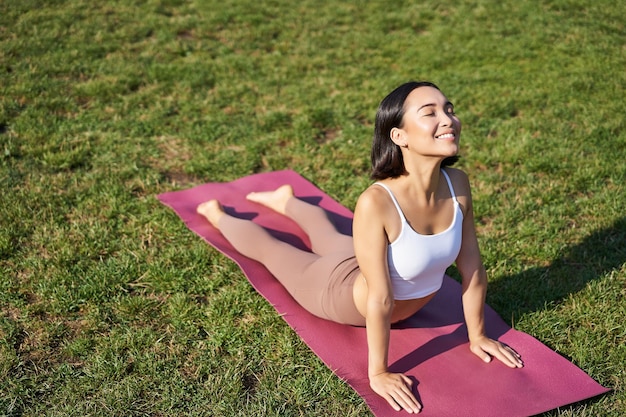
Yoga isn’t just about flexible limbs; it can also boost your memory, heart, and bone health, says Anna Magee. As a country, we’ve become fascinated with yoga, with Brits spending a whopping £790 million annually on yoga classes and mats.
Yoga has evolved into some unusual forms, such as rage or naked yoga, paddle-board yoga, horseback yoga, and even dog yoga. Despite their oddities, the real benefits of yoga are being confirmed by scientific research.
A study by UCLA found that a three-month course of yoga and meditation was more effective than memory exercises at reducing age-related brain decline. It also helped improve sleep for breast cancer survivors. Lucy Edge, a former advertising executive, turned to yoga during a bout of severe depression and found deep contentment through the practice, eventually writing books and founding Yoga Meds to share the scientifically-backed benefits of yoga for various conditions.
If your idea of memory training has been limited to puzzles and Sudoku, it might be time to try yoga. The UCLA study compared the effects of 12 weeks of memory exercises and yoga/meditation on adults over 55 and found that those who practiced yoga had not only better memory improvements but also reduced depression, anxiety, and increased resilience to stress.
For heart health, yoga can be as effective as conventional exercises like brisk walking. A review published in the European Journal of Preventative Cardiology found that yoga could lower the risk of heart disease. Stress reduction through yoga can lower blood pressure and heart rate, significantly benefiting heart health. Dr. Mike Knapton from the British Heart Foundation notes that yoga improves emotional health and may enhance blood pressure, cholesterol, and weight, all risk factors for heart disease.
For beginners, Charlotte Watts recommends trying gentle yoga poses to reduce stress, while Anna Ashby suggests Restorative yoga, which involves supported postures held for several minutes to ease the nervous system.
Sarah Shone, a musculoskeletal physiotherapist, developed yoga classes for back pain rehabilitation, with 87% of participants reporting pain reduction. Yoga is included in NICE guidelines for lower back pain and can help with incontinence and bone density due to its focus on the pelvic floor and weight-bearing nature.
If you’re starting, it’s essential to inform your yoga teacher of any health issues and choose gentle styles like Hatha or Iyengar yoga. For those with specific conditions, consult your doctor to see if you qualify for subsidized yoga programs.
Good yoga props can enhance your practice. When choosing a yoga mat, consider its weight, thickness, and durability. Healthista recommends the Elephant Cork Yoga mat from Valka Yoga, which is eco-friendly, durable, and grippier when wet, making it ideal for hot yoga.
A matching yoga block can also be beneficial, especially for those new to the practice. Cork blocks provide better stability and grip compared to foam blocks.
If you’re not naturally flexible, yoga can still help. Yin or Restorative yoga offers a gentle start, while Vinyasa Flow, Iyengar, Anusara, and Yoga Therapy are other styles to explore based on your preferences and needs.




